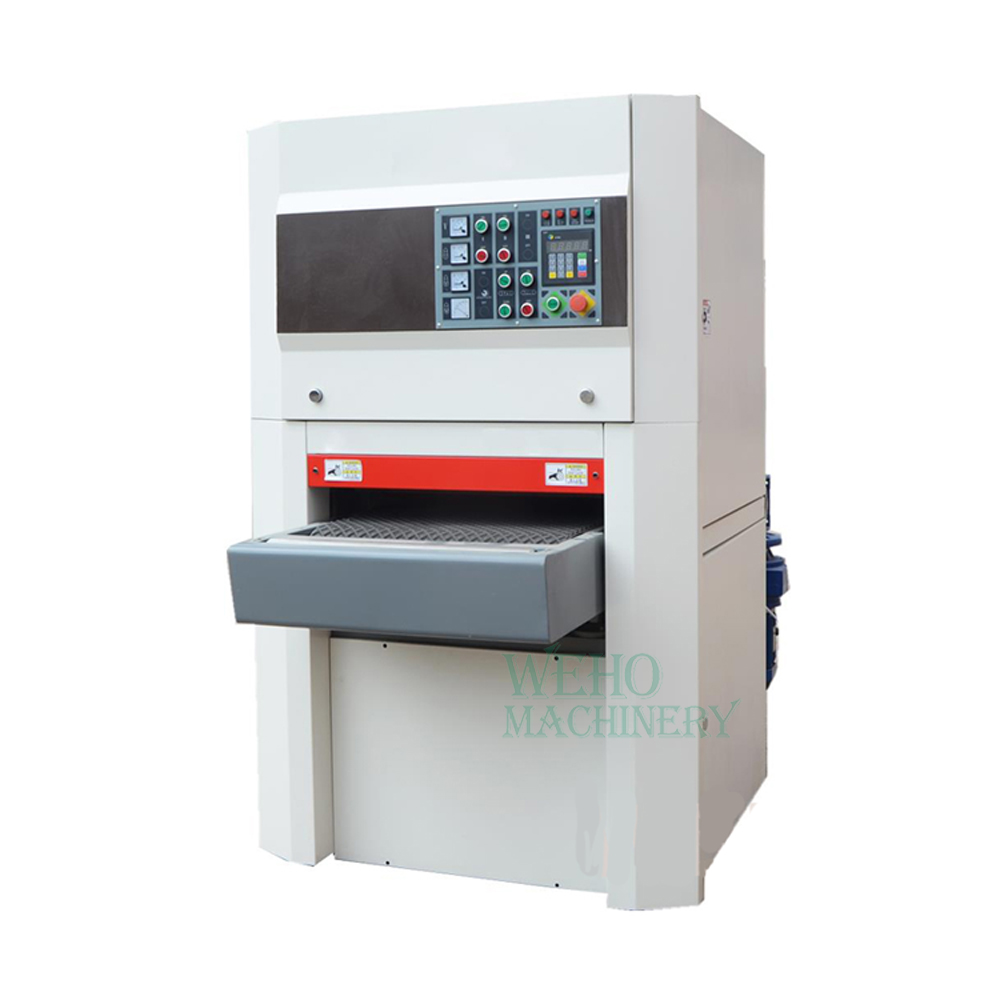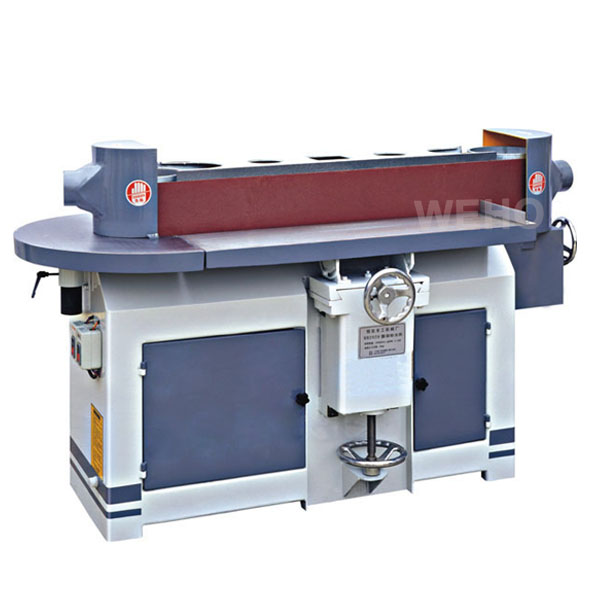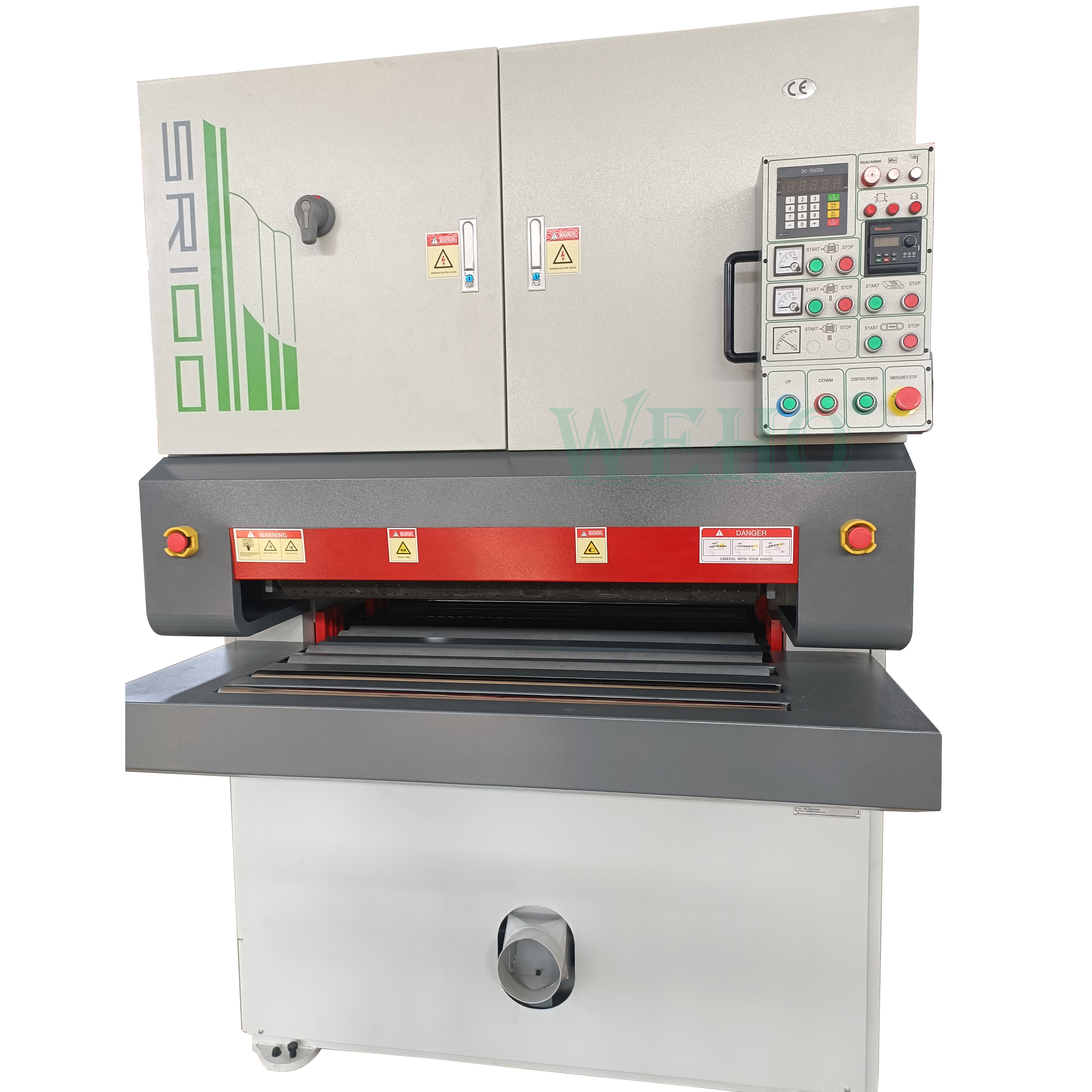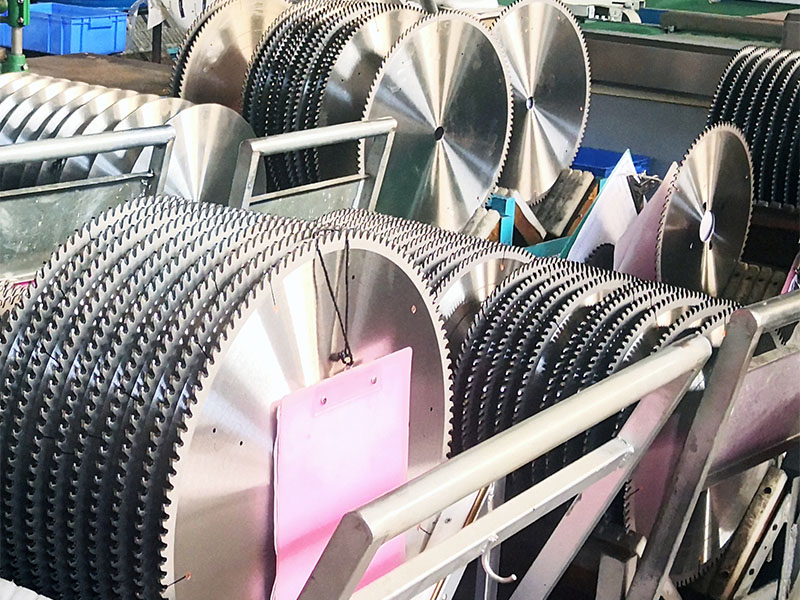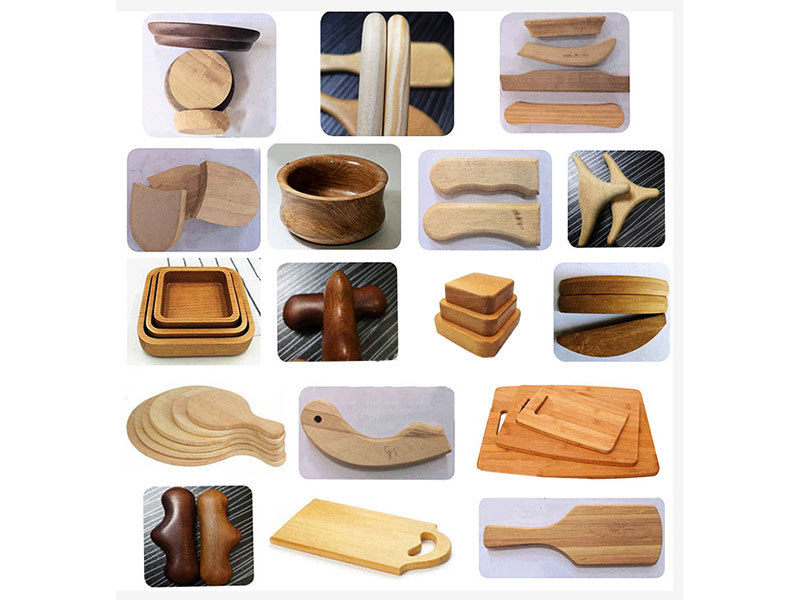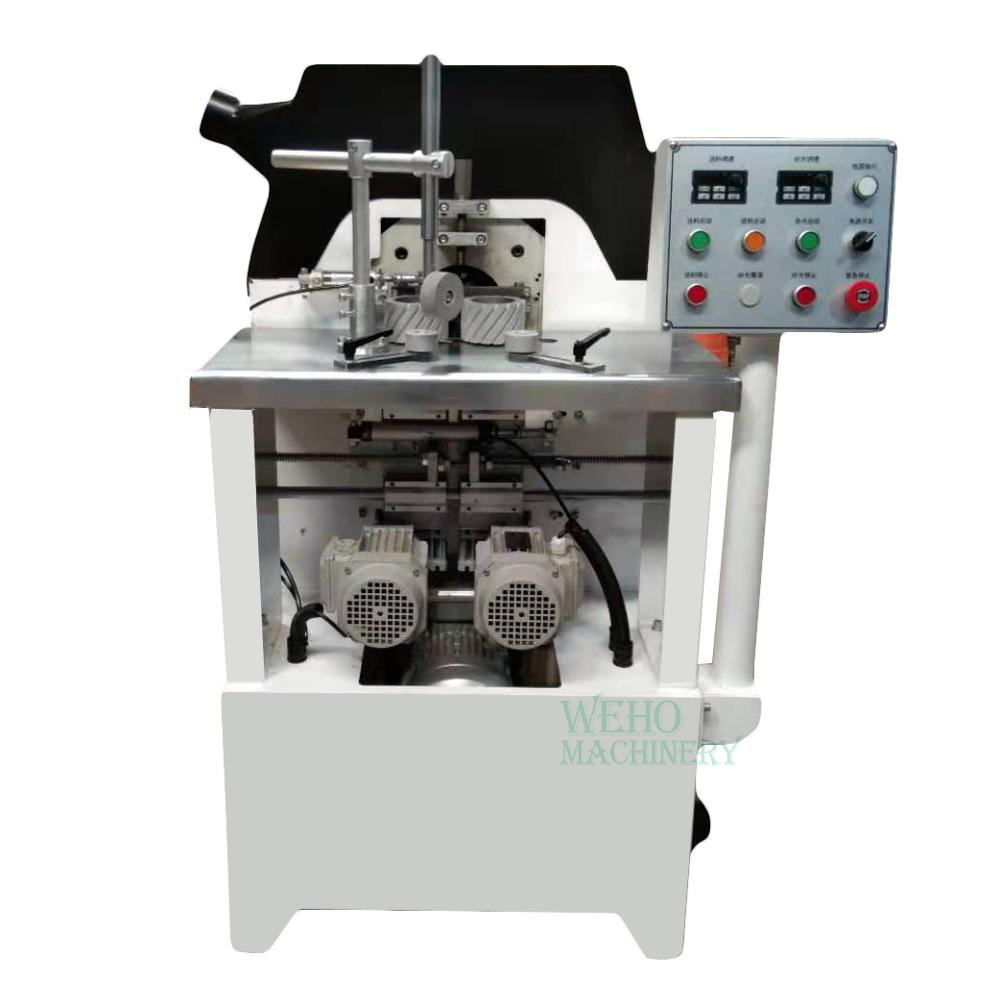
What Are The Advantages Of Using A Wood Belt Sander?
Belt sanders are indispensable tools in woodworking and construction, known for their efficiency and versatility. They utilize a continuous loop of sandpaper to smooth surfaces, making them ideal for various applications. This article explores the numerous advantages of using a wood belt sander, highlighting its ease of use, speed, versatility, and effectiveness in achieving high-quality finishes.
1. Ease of Use
Belt sanders are designed for user-friendliness, allowing both professionals and DIY enthusiasts to operate them with relative ease.
User-Friendly Design: Most belt sanders feature ergonomic handles and straightforward controls, making them accessible for users at all skill levels. This design minimizes fatigue during prolonged use, allowing for more extended work sessions without discomfort.
Minimal Skill Required: Unlike some sanding tools that require advanced techniques to achieve a good finish, belt sanders can produce satisfactory results with basic knowledge. Users need only to maintain a steady hand and apply light pressure to achieve a smooth surface.
2. Fast Material Removal
One of the standout features of belt sanders is their ability to remove material quickly.
Aggressive Sanding Action: Belt sanders can remove substantial amounts of material in a short time frame, making them ideal for initial sanding tasks where rough surfaces need leveling or shaping. This capability is particularly beneficial when working with hardwoods or thick materials that would take much longer to sand by hand.
Time Efficiency: For projects requiring significant surface preparation, such as refinishing furniture or flooring, belt sanders drastically reduce the time needed compared to manual sanding methods. This efficiency allows woodworkers to complete projects faster without compromising quality.
3. Versatile Applications
Belt sanders are versatile tools suitable for various tasks in woodworking.
Multiple Uses: They can be used for sanding floors, shaping edges, removing paint or varnish, and smoothing rough surfaces on furniture or cabinetry. This versatility makes them valuable in both professional workshops and home garages.
Adaptability to Different Materials: While primarily used for wood, belt sanders can also effectively work on soft metals and plastics. This adaptability allows users to tackle diverse projects without needing multiple specialized tools.
4. High-Quality Finishes
When used correctly, belt sanders can produce superior finishes.
Smooth Surface Achievements: The linear sanding action of belt sanders helps prevent swirl marks that are common with rotary tools. This feature is crucial for achieving a professional look on visible surfaces.
Consistency in Results: Belt sanders provide consistent results across large areas due to their uniform pressure distribution. This consistency is essential for projects requiring high standards of craftsmanship.
5. Dust Collection and Cleanliness
Modern belt sanders often come equipped with dust collection systems.
Maintaining a Clean Workspace: Many models include dust bags or ports that connect to vacuum systems, significantly reducing the amount of sawdust generated during sanding. A cleaner workspace not only enhances visibility but also promotes better health by minimizing airborne dust particles.
Health Benefits: Effective dust collection systems help protect users from respiratory issues associated with inhaling fine wood dust. By keeping the work area clean, belt sanders contribute to a safer working environment.
6. Variety of Models Available
There are numerous types of belt sanders available on the market.
Handheld vs. Stationary Models: Handheld belt sanders are portable and suitable for various tasks, while stationary models (bench sanders) provide stability for larger or more intricate projects. Each type offers unique advantages depending on the specific needs of the user.
Grit Options: Users can choose from different grit levels of sandpaper to suit their specific tasks—from coarse grits for heavy material removal to fine grits for finishing touches—allowing customization based on project requirements.
7. Cost-Effectiveness
Investing in a belt sander can be economically beneficial.
Long-Term Savings: While the initial investment may be higher than some manual tools, the time saved during projects translates into cost savings over time. Additionally, the durability and longevity of quality belt sanders make them a worthwhile investment for frequent users.
Reduced Labor Costs: For professionals in woodworking or construction, using a belt sander can decrease labor costs by enabling workers to complete tasks more quickly and efficiently than traditional methods allow.
8. Enhanced Control and Precision
With practice, users can achieve high levels of control when using a belt sander.
Adjustable Speed Settings: Many modern belt sanders come with variable speed settings that allow users to adjust the sanding speed according to the task at hand. Slower speeds may be used for delicate work while higher speeds are ideal for aggressive material removal.
Precision Sanding: The ability to control pressure and angle during sanding enables users to refine their technique further, resulting in improved accuracy when shaping edges or fitting joints.
Conclusion
Using a wood belt sander offers numerous advantages that enhance both efficiency and quality in woodworking projects. From its ease of use and rapid material removal capabilities to its versatility across various applications and materials, it is an essential tool for professionals and hobbyists alike. With proper technique and maintenance, a belt sander can deliver exceptional results while promoting a cleaner and safer working environment. Investing in this powerful tool not only saves time but also contributes significantly to achieving high-quality finishes that meet professional standards in woodworking.
By understanding these advantages, users can make informed decisions about incorporating belt sanders into their toolkit—ultimately enhancing their craftsmanship and productivity in woodworking endeavors.


